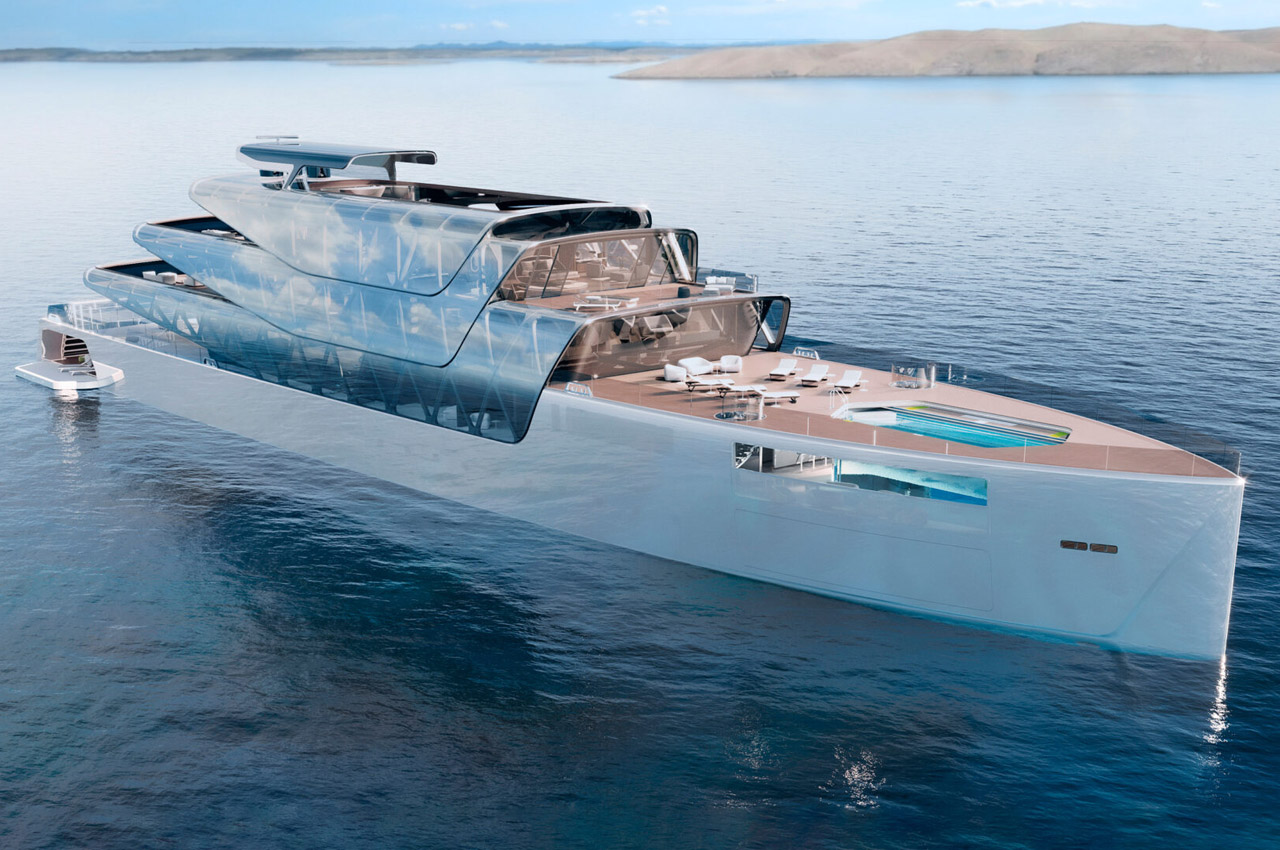
You can only know the limit of possibility when you attempt the impossible. However, it may require you to swim against the tide or attempt a complete transformation of what is considered a norm. Jozeph Forakis, and his strategic design agency, tread the thin line of distinctiveness with the introduction of the world’s first 3D-printed superyacht. It is envisioned with a multitude of sustainability features and “Tree of Live” as its centerpiece.
Forakis has conceived the 88M Pegasus as the superyacht of the future. With a layout that renders it completely invisible floating on water, it operates completely emissions-free. The two aspects have left the luxury yacht industry with a gaping mouth in awe.
Designer: Jozeph Forakis

The yacht is planned with a glass structure embedding transparent solar panels, which take care of power needs, and reflect the water to help the yacht camouflage with it. The construction will be handled in a never attempted format: the process would involve robotic 3D printing to devise a strong but lightweight mesh-like superstructure and hull.


This construction process will ensure the use of lesser material, energy, time, and waste compared to traditional yacht-making techniques. So in addition to producing zero carbon emissions during operation, the Pegasus, will also have a minimal possible carbon footprint in manufacturing and delivery.
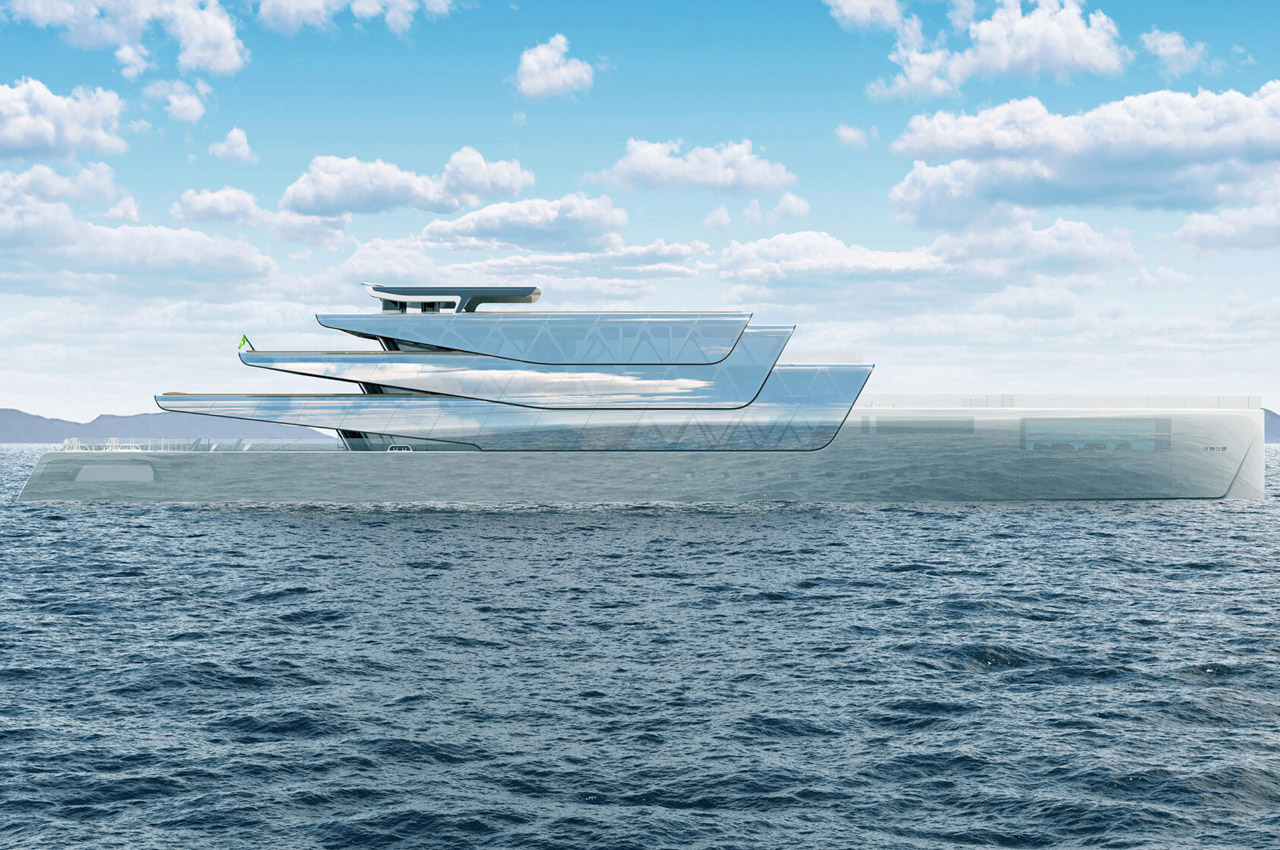
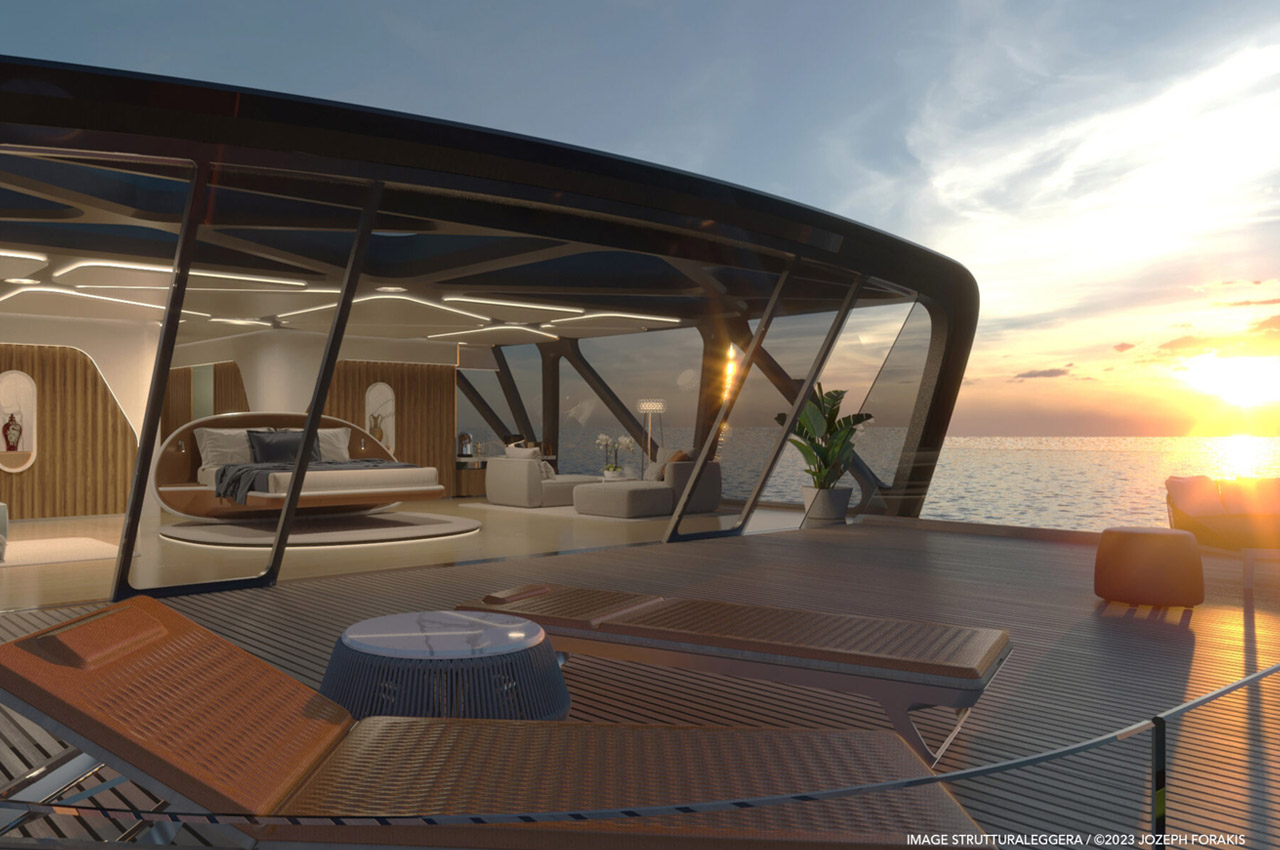
Forakis has conceived the yacht on a beach in Koufonisia island, Greece. Explaining the objective behind the idea, Forakis said, “I was inspired to create a yacht as close to the sea and nature as possible, made of clouds floating above the waterline. I wanted to honor nature by blending into it, becoming virtually invisible.”
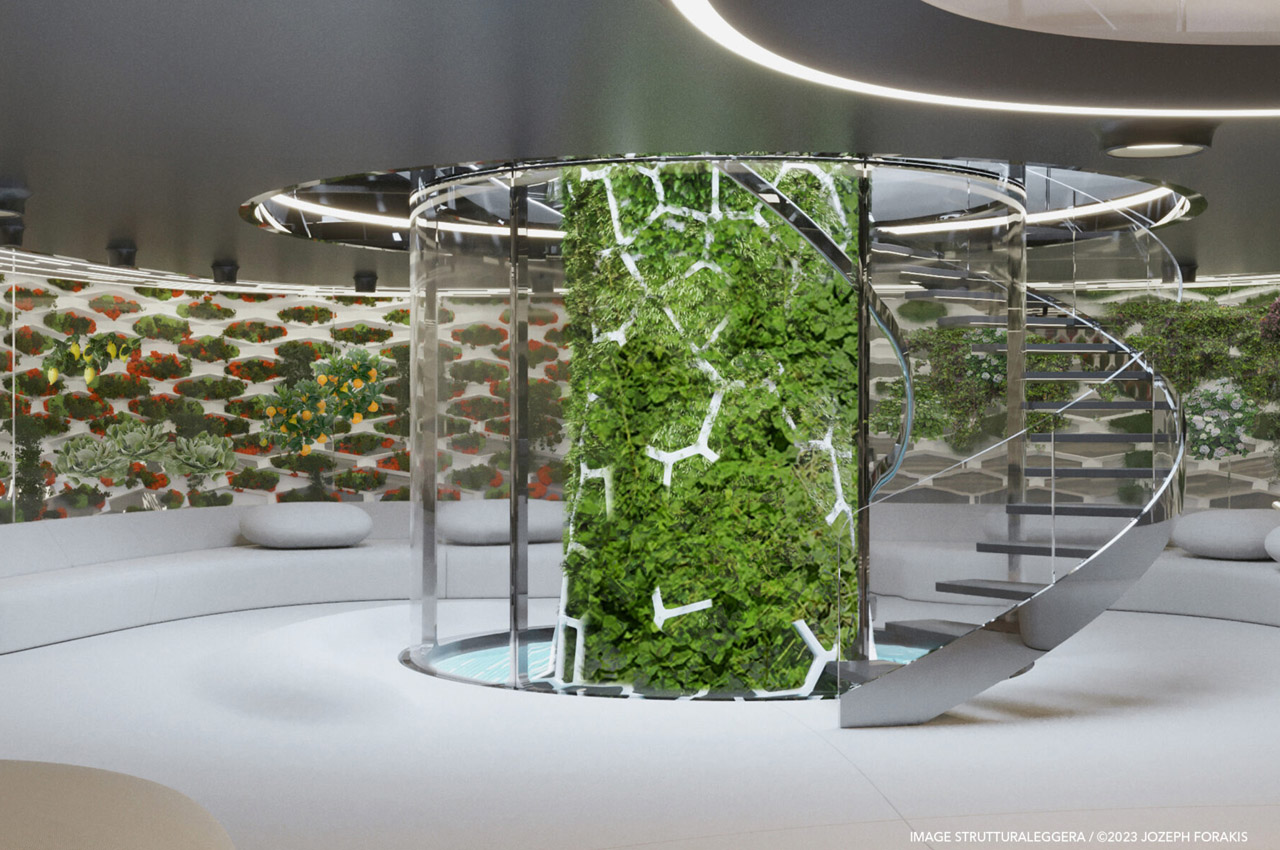

The 88M Pegasus is unique in more ways than we have discussed. The solar-powered concept even attempts to add more sustainability with the idea to convert seawater to hydrogen (using solar energy) to run the vessel for longer. The hybrid model uses fuel cells to convert H2 into electricity which can be stored in Li-ion batteries onboard.
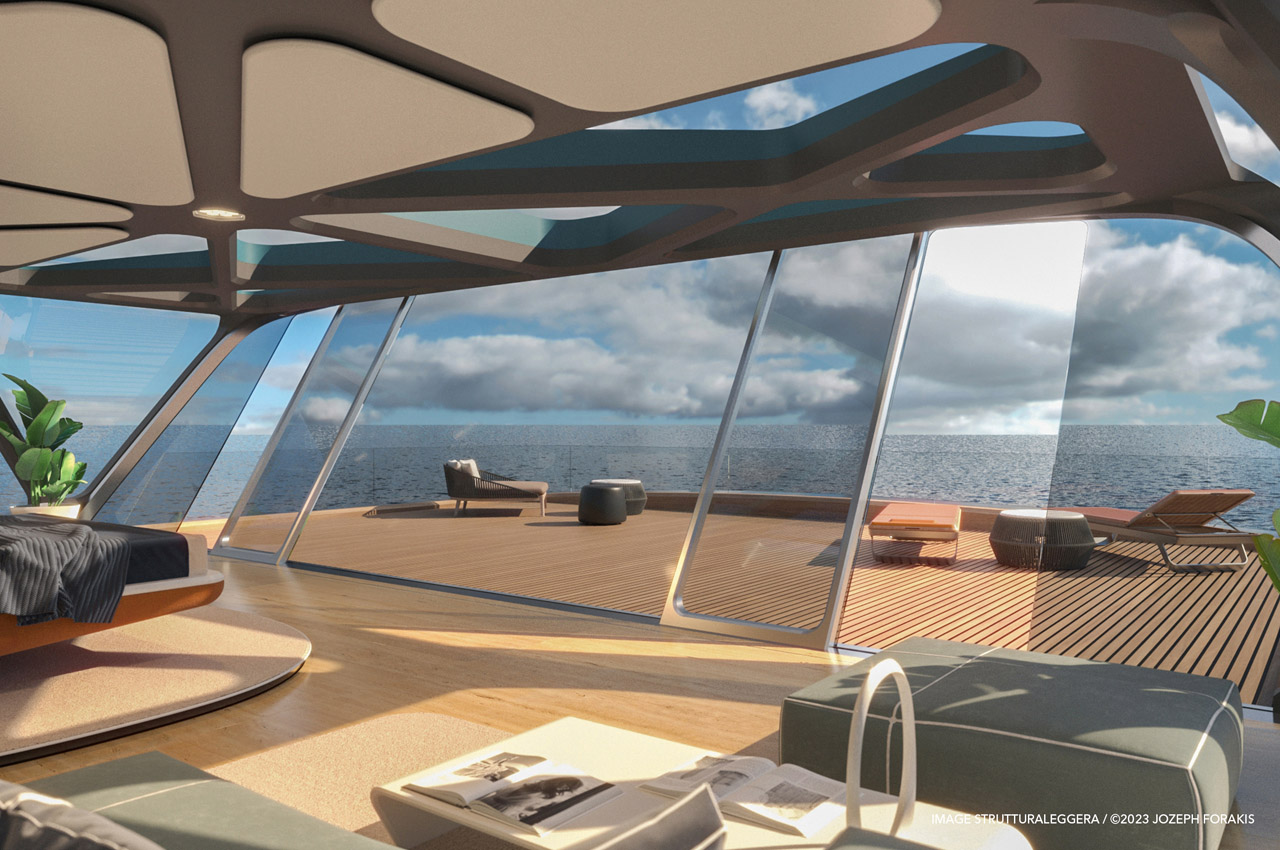

The aft accommodates an open beach club with an oversized jacuzzi. The forward pool club has an aquarium-esque lap pool and horizontal windows that open to become balconies. When closed, the pool functions as the onboard helipad. Expected to see the light of day by 2030, the conceptual superyacht’s sustainable nature is also carried to the interiors where a ‘Tree of Life’ rests as a centerpiece in the yacht’s hydroponic garden that will ensure fresh food and clean air to the occupants.




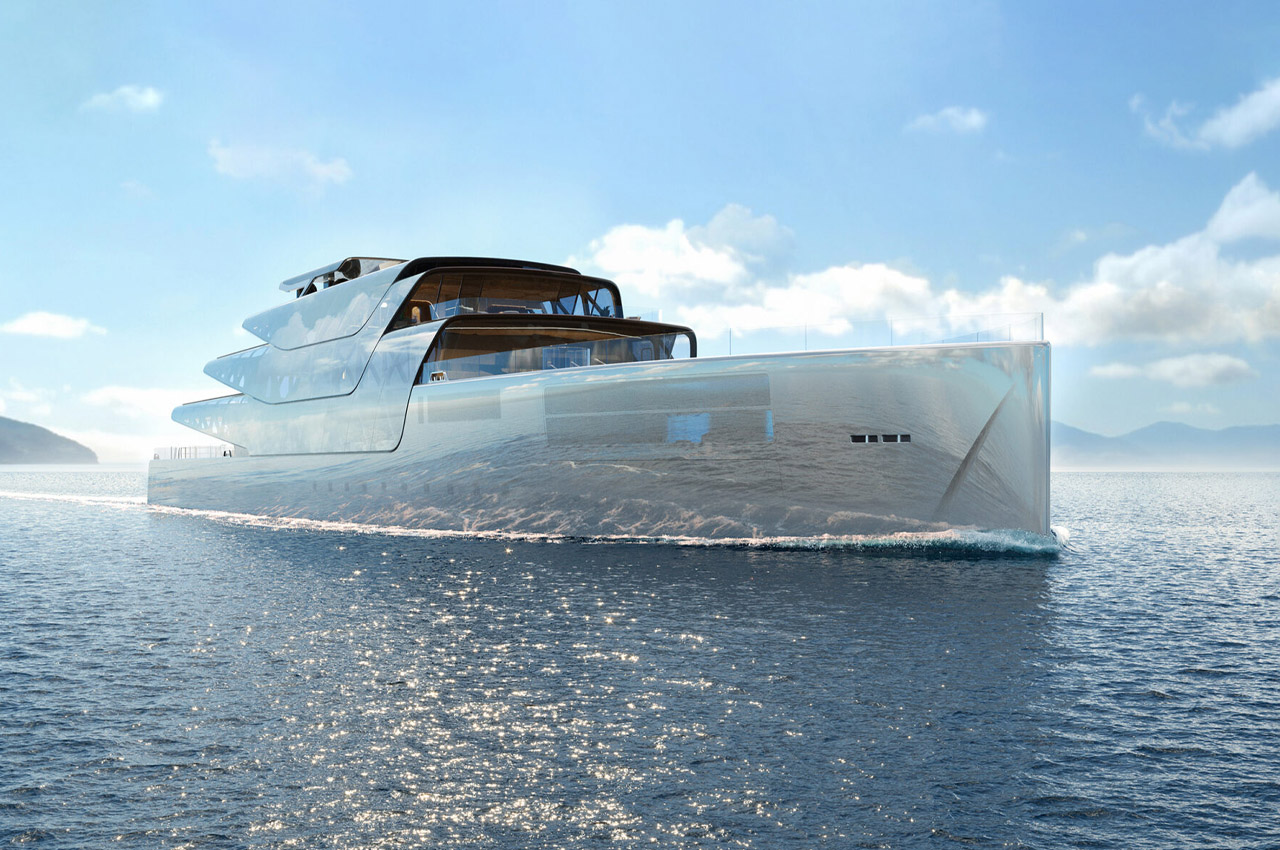
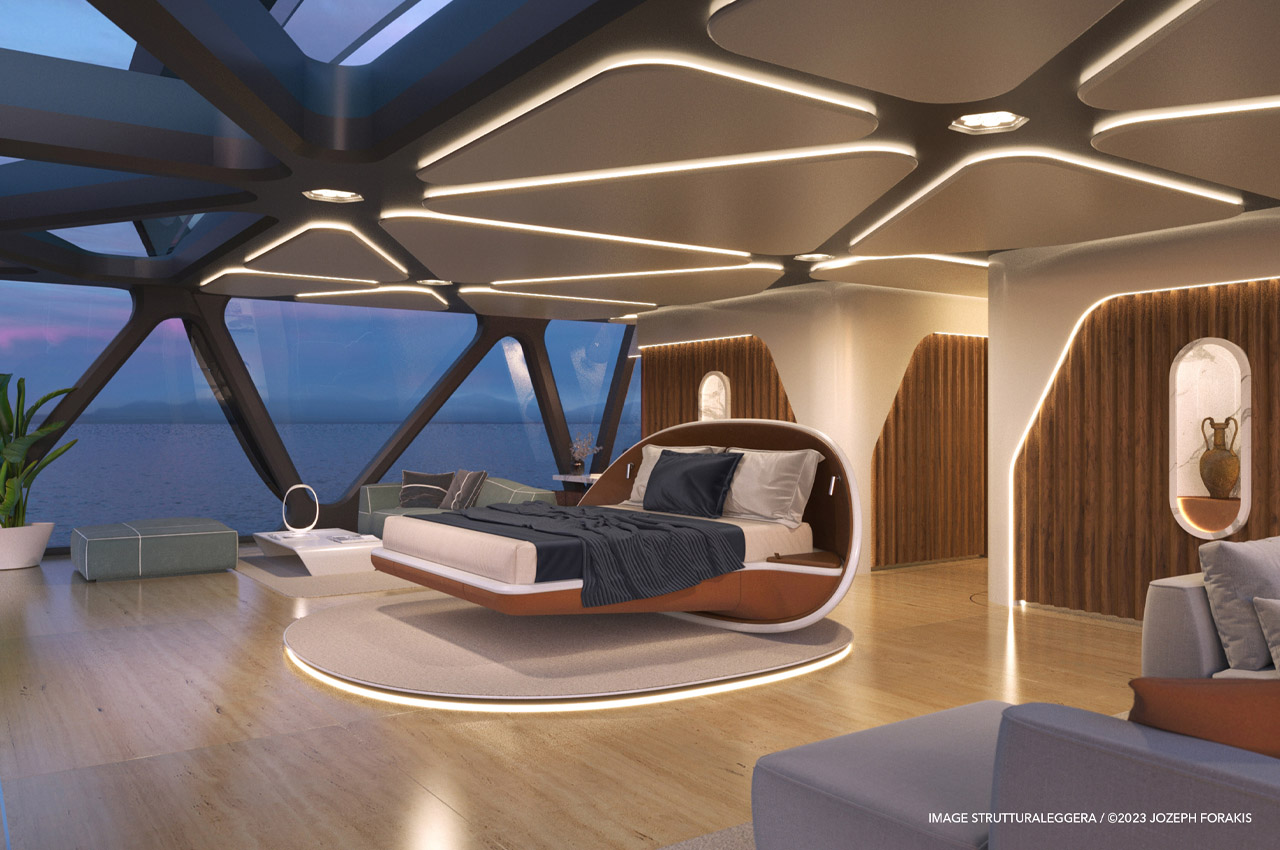
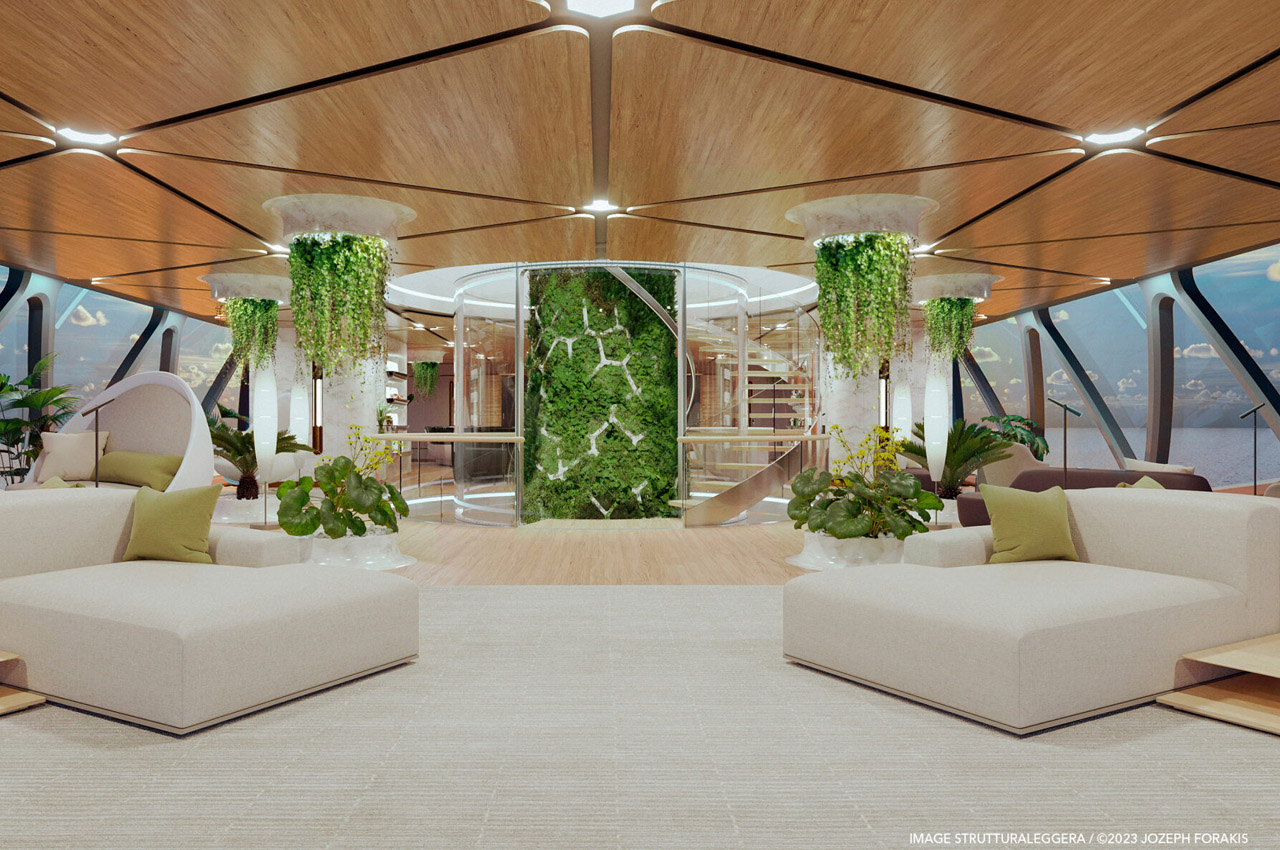
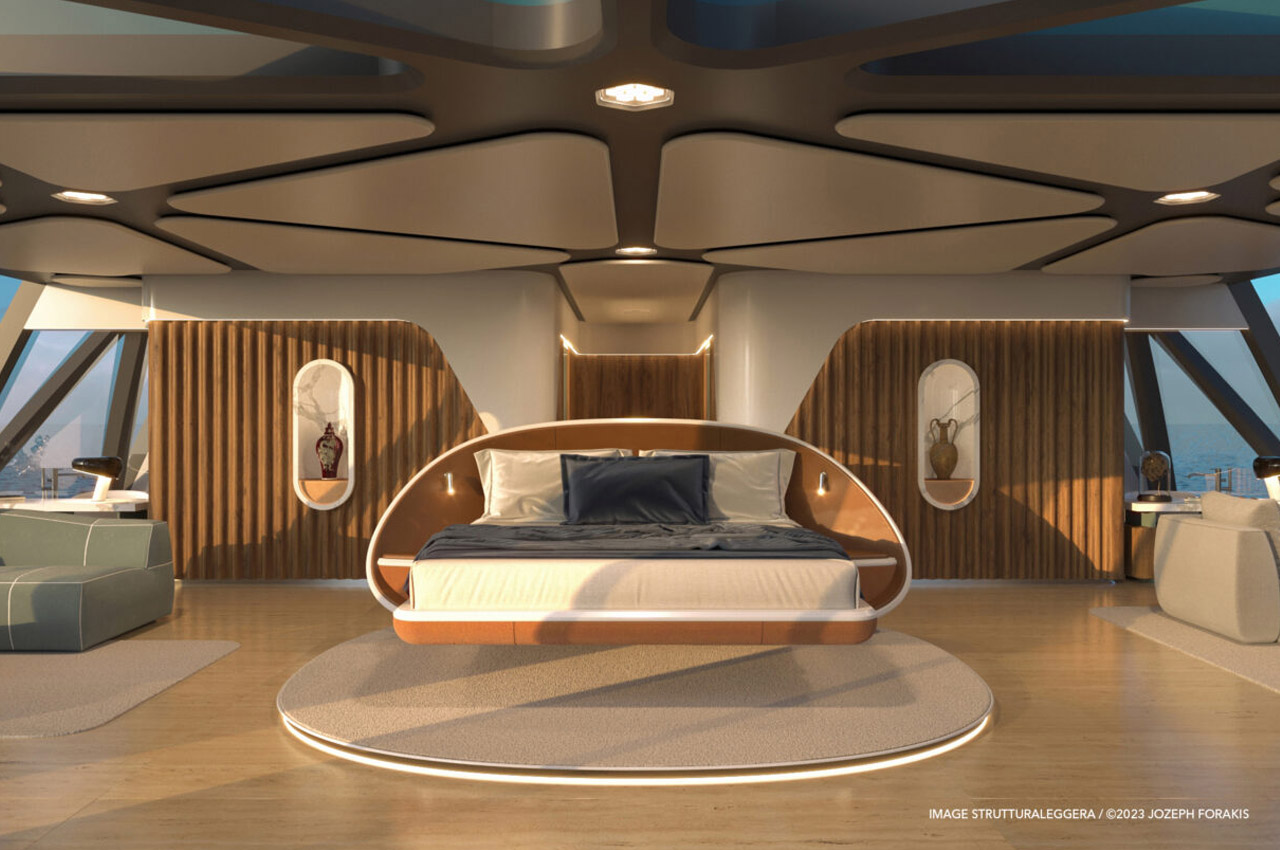

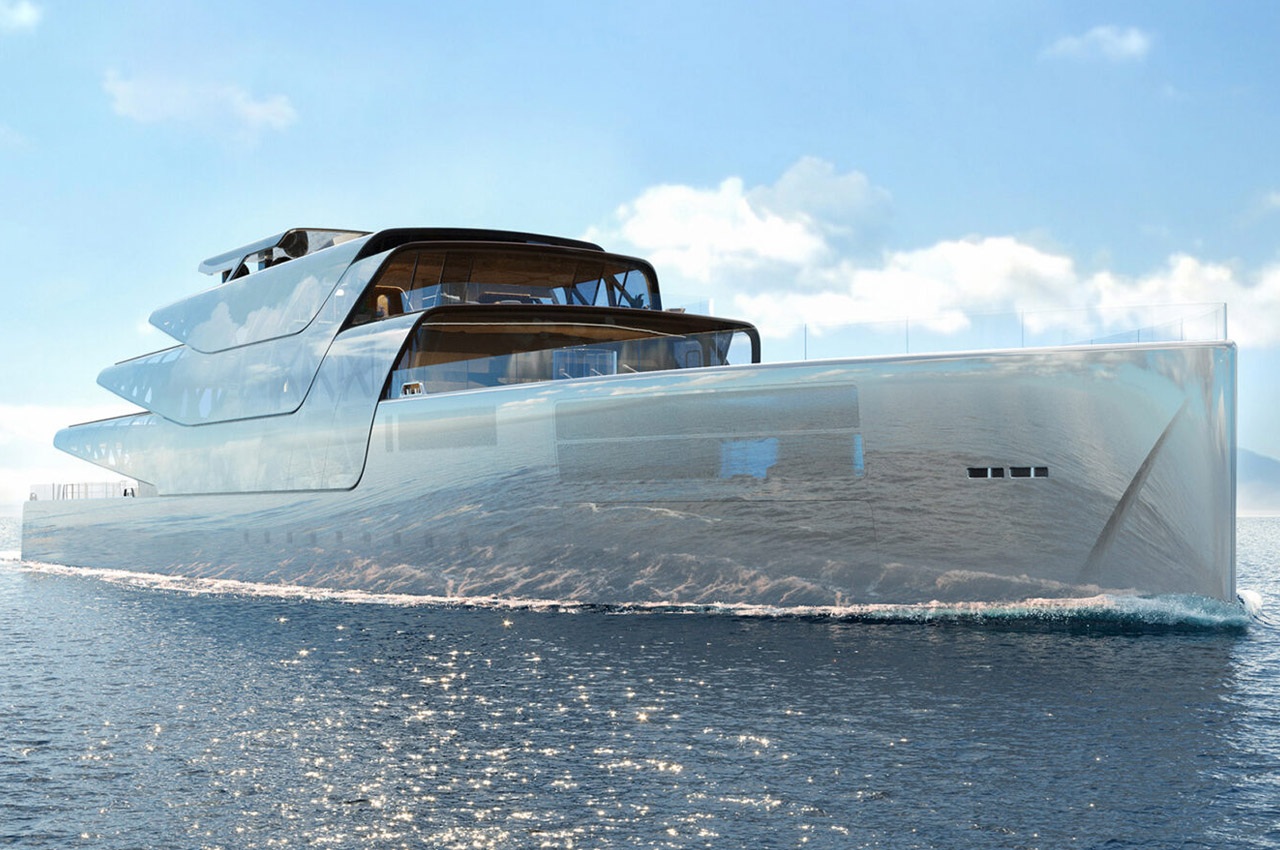

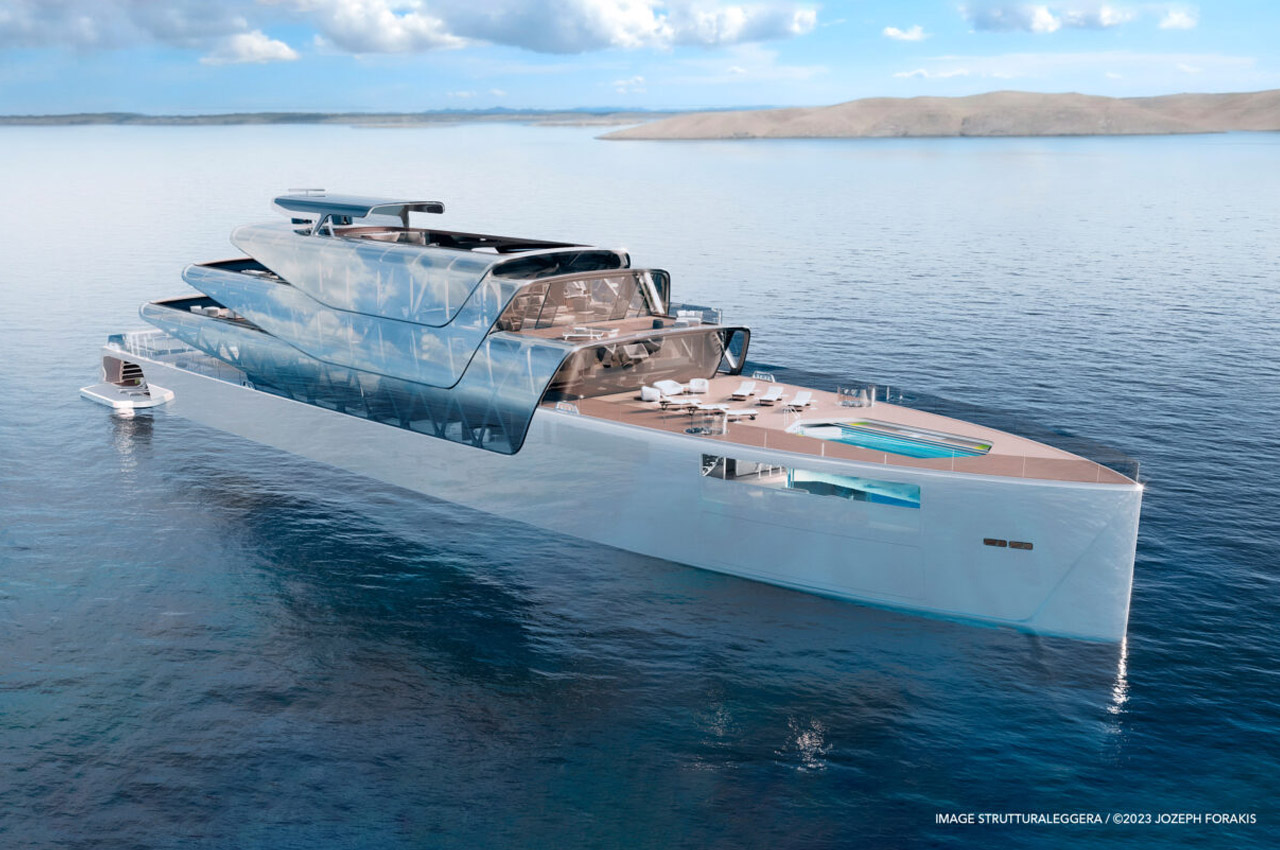
The post First 3D printed superyacht camouflages with the waves to become invisible both visually and environmentally first appeared on Yanko Design.
from Yanko Design

0 Comments